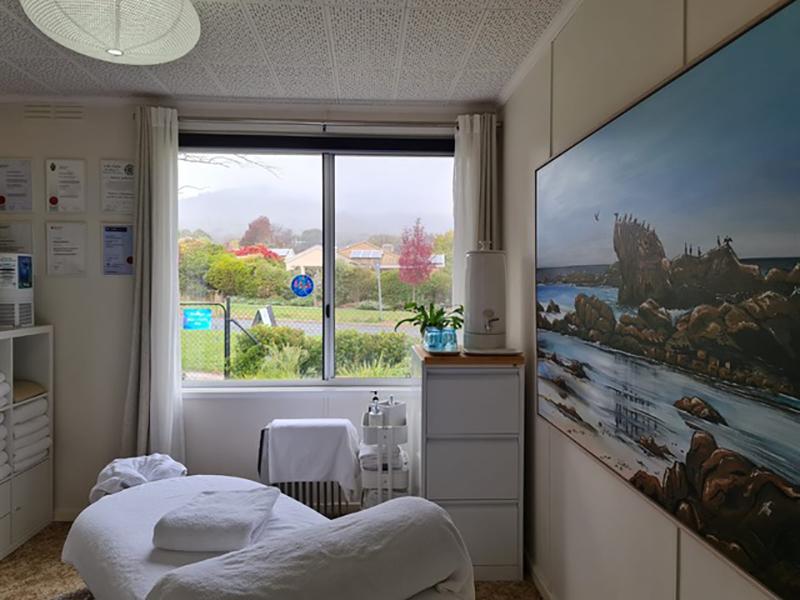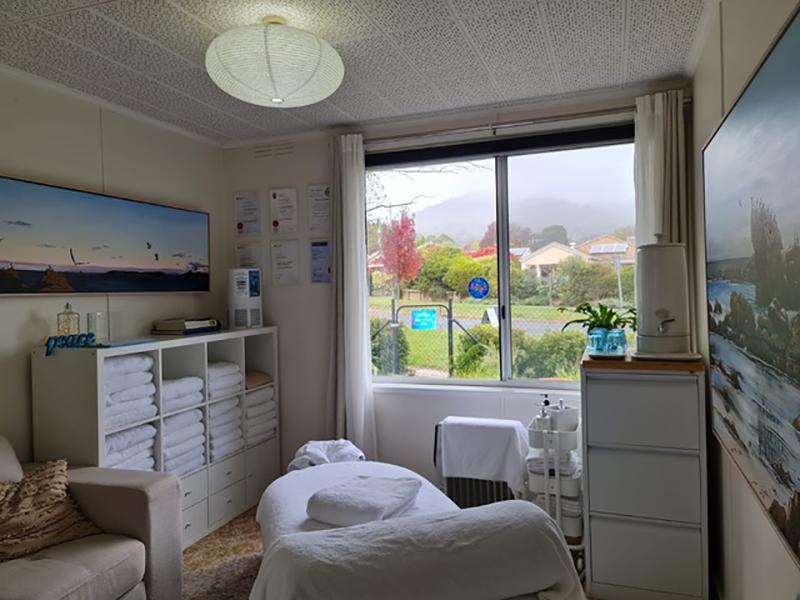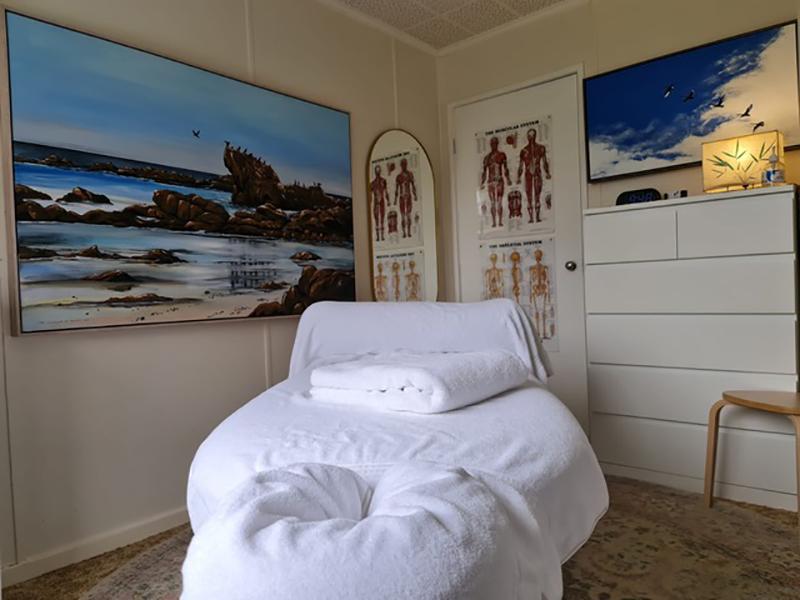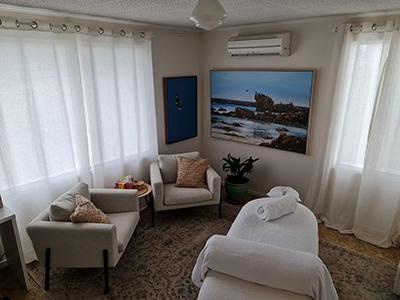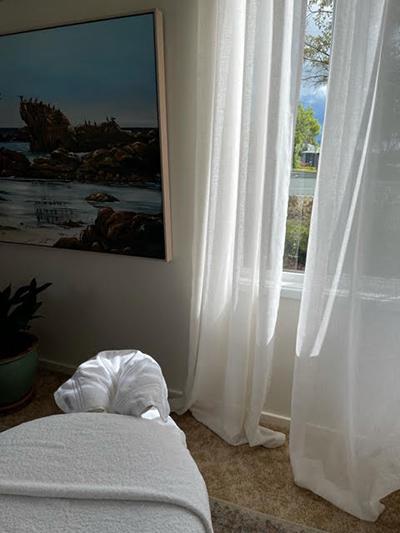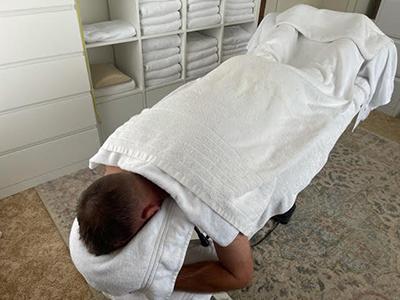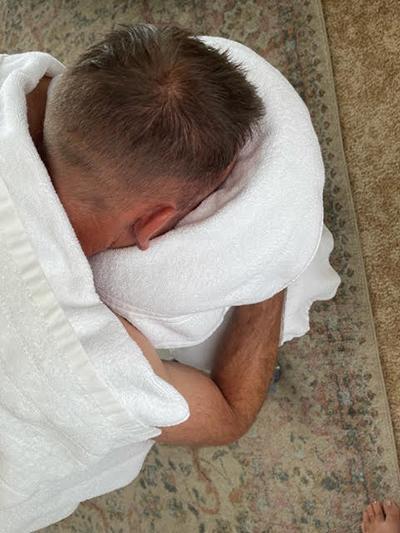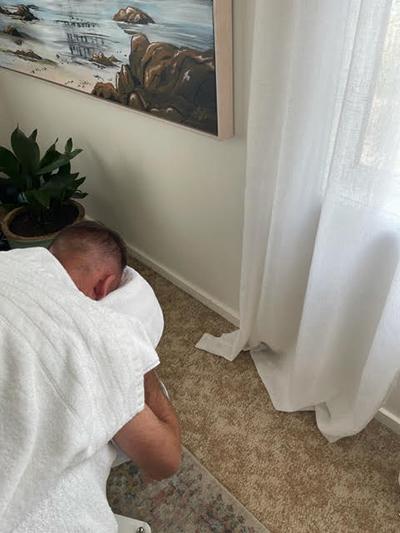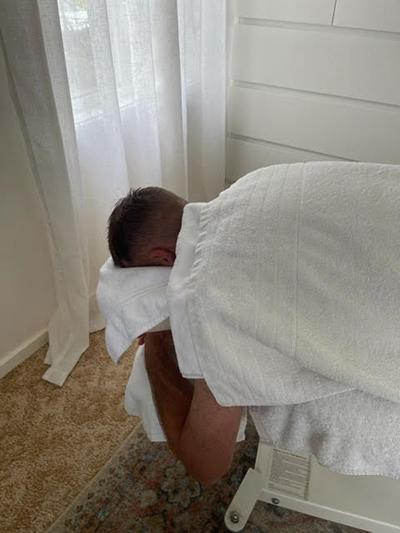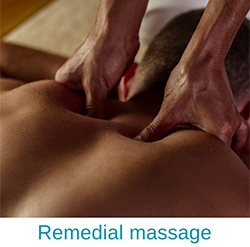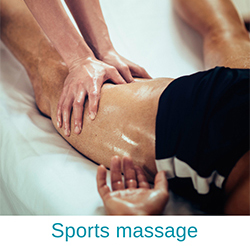We offer remedial massage, sports massage, relaxation massage and pregnancy massage.
Book your appointment here:
https://bookings.gettimely.com/canberraremedialmassage/bb/book
We strive to maintain a healthy and welcoming clinic environment for everyone. Please adhere to all ACT Health guidelines regarding COVID-19 or other communicable diseases, and contact us if you have any questions or concerns.
If you have any cold or flu-like symptoms, please cancel and reschedule your appointment.
Remedial massage is a clinical, evidence-informed approach that relieves musculoskeletal pain, restores mobility, and promotes nervous system balance.
It combines manual techniques with current research in pain science, neurophysiology, and psychosocial health to support both physical and emotional well-being.
Massage influences the body through mechanical, neurological, and psychophysiological pathways—rather than through structural “realignment.”
Recent mechanistic reviews have shown that manual therapy produces effects across neural, neurovascular, and neuroimmune systems, thereby calming the central nervous system and improving movement tolerance (Keter et al., 2025).
By activating the parasympathetic nervous system (PNS)—the body’s “rest-and-digest” state—massage helps reduce heart rate and blood pressure, enhances circulation, and supports physiological recovery (Estêvão Rios Monteiro et al., 2025; Alanazi et al., 2024).
This shift counterbalances sympathetic arousal (“fight-or-flight”), allowing the body to down-regulate stress responses and reduce perceived pain intensity (Mak et al., 2024).
According to PainScience.com, the primary benefits of massage are neurological and contextual—it helps the brain reinterpret sensory input and foster relaxation through safe, attentive touch, rather than “breaking down” tissue (Ingraham, 2025a).
Appropriate depth and pressure further optimise relaxation and autonomic regulation without provoking stress-related responses (Ingraham, 2025b).
Depending on individual needs, treatment may include:
Deep-tissue massage and cross-fibre friction to reduce muscle tension and improve soft-tissue mobility.
Myofascial release to restore glide between fascial layers.
Trigger-point therapy for focal areas of sensitivity and referred pain.
Assisted stretching and joint mobilisation to improve range of motion.
All techniques are adapted to your comfort level and feedback. Overly forceful pressure can trigger sympathetic arousal and diminish benefit (Ingraham, 2025b).
Recent high-quality research indicates that:
Massage can reduce chronic neck, shoulder, and low-back pain and improve function (Mak et al., 2024).
Manual therapy elicits measurable autonomic and neurophysiological responses, including parasympathetic activation and heart-rate variability improvements (Estêvão Rios Monteiro et al., 2025; Alanazi et al., 2024).
Mechanistic evidence shows massage primarily affects the nervous system, not tissue structure (Keter et al., 2025).
Massage works best when combined with exercise, postural awareness, and self-management strategies (Association of Massage Therapists [AMT], 2024).
It’s normal to feel relaxed, slightly tired, or mildly sore for up to 48 hours after treatment as the body and nervous system integrate the effects.
Allow at least three days between sessions to consolidate change.
If you experience swelling, bruising, or prolonged discomfort, inform your therapist—these responses are typically mild and temporary.
Alanazi, M. S., Degenhardt, B., Kelley-Franklin, G., Jacobson, E., Fritz, S., Kettner, N., Kremen, V., Lipke, L., & Reed, W. R. (2024). Autonomic nervous system and viscera-related responses to manual therapy: A narrative overview. International Journal of Osteopathic Medicine. https://doi.org/10.1016/j.ijosm.2024.100735
Estêvão Rios Monteiro, L. M., Martins Aguilera, L., Ruá-Alonso, M., da Silva Araújo, G., Corrêa Neto, V. G., Bentes, C. M., & Marchetti, P. H. (2025). Effect of manual massage, foam rolling, and strength training on hemodynamic and autonomic responses in adults: A scoping review. Healthcare, 13(12), 1371. https://doi.org/10.3390/healthcare13121371
Keter, D. L., Bialosky, J. E., Brochetti, K., Courtney, C. A., Funabashi, M., Karas, S., et al. (2025). The mechanisms of manual therapy: A living review of systematic, narrative, and scoping reviews. PLOS ONE, 20(3), e0319586. https://doi.org/10.1371/journal.pone.0319586
Mak, S., Allen, J., Begashaw, M., et al. (2024). Use of massage therapy for pain, 2018–2023: A systematic review. JAMA Network Open, 7(7), e2821154. https://doi.org/10.1001/jamanetworkopen.2024.22259
Association of Massage Therapists. (2024). Benefits of Massage. https://mobile.amt.org.au/massage-and-you/benefits-of-massage.html
Ingraham, P. (2025, March 28). Massage Therapy: Does It Work? A review of the science of massage therapy … such as it is. PainScience.com. https://www.painscience.com/articles/does-massage-work.php
Ingraham, P. (2025, February 15). The Pressure Question in Massage Therapy. PainScience.com. https://www.painscience.com/articles/pressure-question.php
Are you training hard, preparing for an event, or recovering from competition?
Sports massage helps your body perform at its best by improving flexibility, supporting recovery, and reducing the risk of injury. It combines skilled manual techniques with evidence-based understanding of muscle physiology, pain science, and recovery processes.
Sports massage applies a combination of long flowing strokes, deep-tissue work, cross-fibre friction, assisted stretching, and joint mobilisation. Pressure and technique are tailored to your sport, training phase, and individual recovery needs.
While massage was once thought to “flush toxins” or directly enhance performance, modern research shows its primary effects are neurological and physiological, not mechanical.
Massage stimulates sensory receptors that regulate muscle tone, circulation, and pain perception — activating the parasympathetic nervous system (PNS) to promote rest, recovery, and readiness for the next session (Dakić et al., 2023; Alabed et al., 2020).
Systematic reviews and meta-analyses demonstrate that sports massage can:
Reduce delayed-onset muscle soreness (DOMS) and perceived fatigue following intense training (Alabed et al., 2020).
Improve short-term flexibility and range of motion, supporting better biomechanics and injury prevention (Dakić et al., 2023).
Enhance psychological recovery, including lower stress and improved subjective readiness (Dakić et al., 2023).
Massage is most effective when integrated within a comprehensive recovery and load-management program, rather than used as a standalone treatment (Association of Massage Therapists [AMT], 2024).
Pre-event: lighter, stimulating sessions to prepare muscles and improve circulation.
Post-event: moderate, recovery-focused work to reduce soreness and support tissue recovery.
Maintenance: regular sessions to maintain mobility and manage training load.
Rehabilitation: integrated with exercise and physiotherapy for soft-tissue recovery after injury.
Regular massage helps athletes maintain movement efficiency, prevent overload, and recover faster between sessions.
Massage does not dramatically alter muscle structure or permanently “break down” adhesions — its primary influence is on the nervous system and perception of pain (Ingraham, 2025).
Mild post-treatment soreness is normal; serious adverse reactions are rare but possible with any manual therapy, and should be reported (Ingraham, 2025).
You may feel relaxed or slightly tender for 24–48 hours after treatment as your body integrates the effects.
Rest, hydration, and gentle movement support recovery.
Allow adequate time between sessions — particularly before major events or high-intensity training — to ensure full benefit.
Alabed, S., Davis, H. L., & Chico, T. J. A. (2020). Effect of sports massage on performance and recovery: A systematic review and meta-analysis. BMJ Open Sport & Exercise Medicine, 6(1), e000614. https://doi.org/10.1136/bmjsem-2019-000614
Dakić, M., Toskić, L., Ilić, V., Äurić, S., Dopsaj, M., & Šimenko, J. (2023). The effects of massage therapy on sport and exercise performance: A systematic review. Sports, 11(6), 110. https://doi.org/10.3390/sports11060110
Association of Massage Therapists. (2024). State of the Evidence 2024 – Systematic Reviews & Meta-Analyses of Massage Therapy. https://www.amt.org.au/downloads/practice-resources/AMT-State-of-Evidence-2024.pdf
Ingraham, P. (2025, March 28). Massage Therapy: Does It Work? A review of the science of massage therapy … such as it is. PainScience.com. https://www.painscience.com/articles/does-massage-work.php
